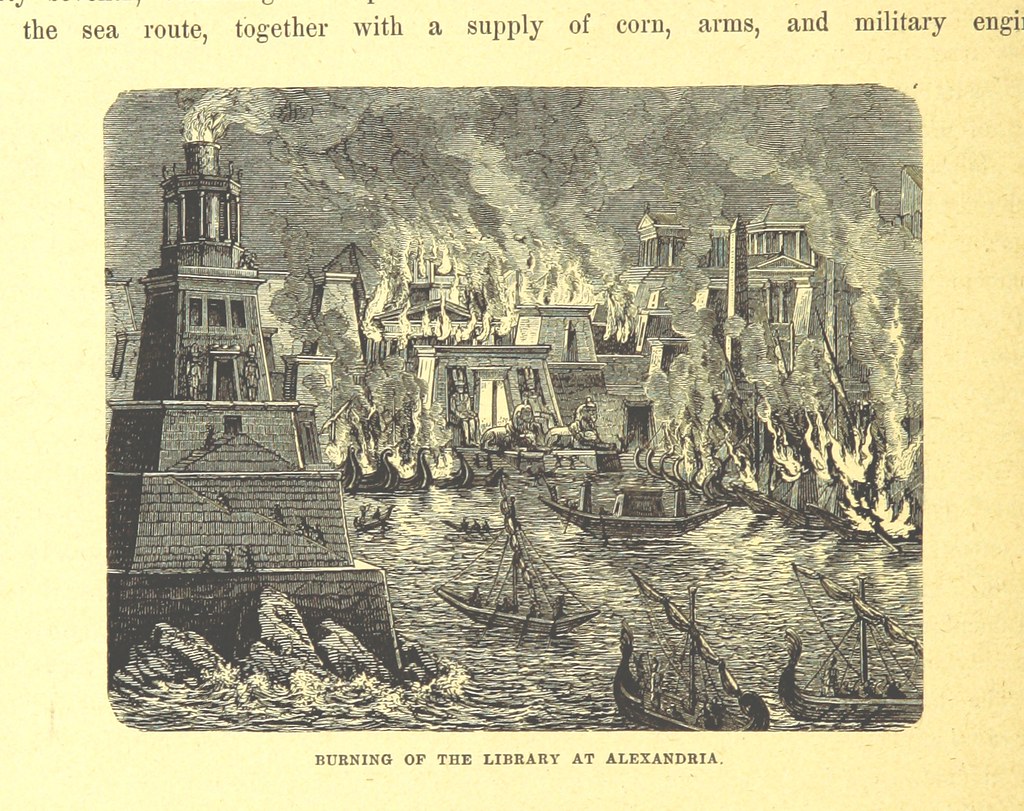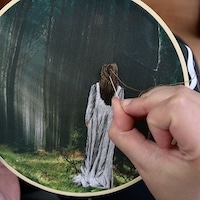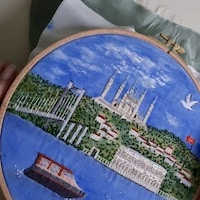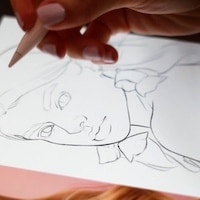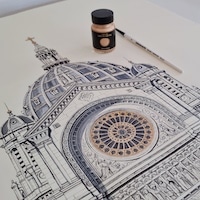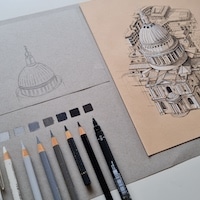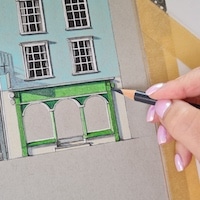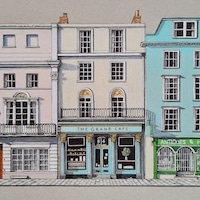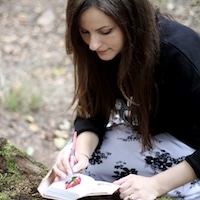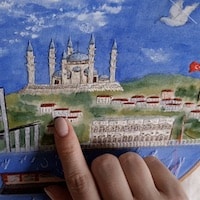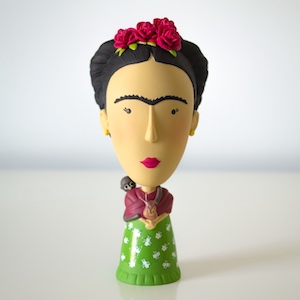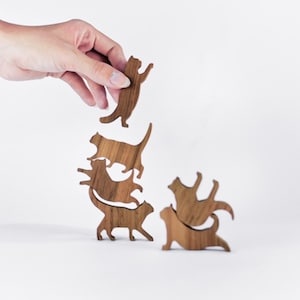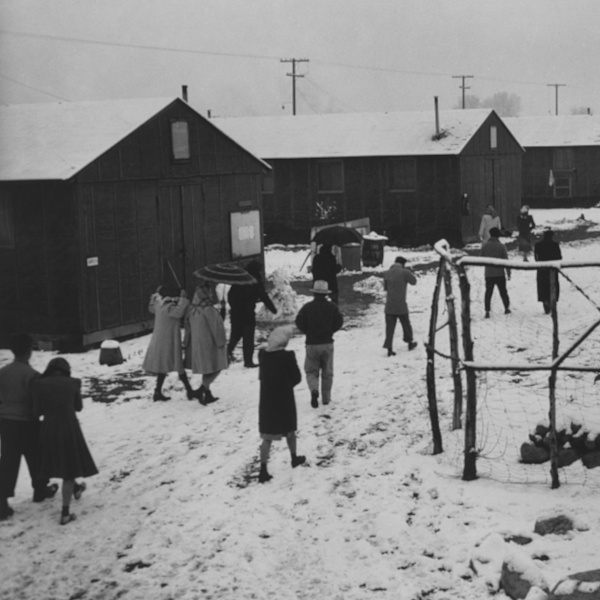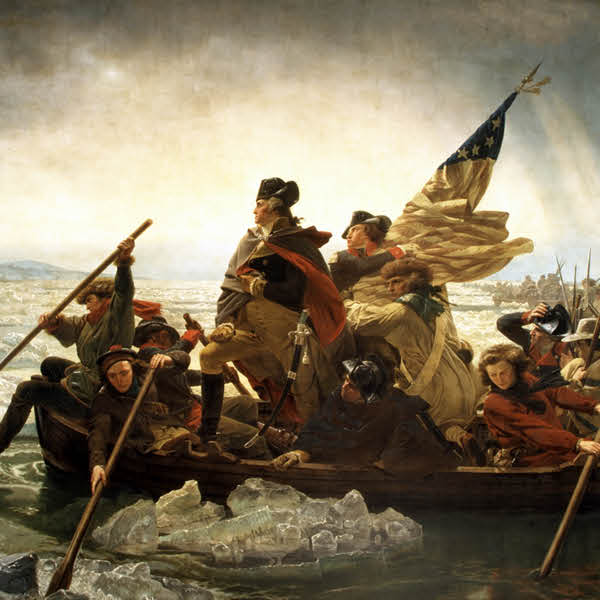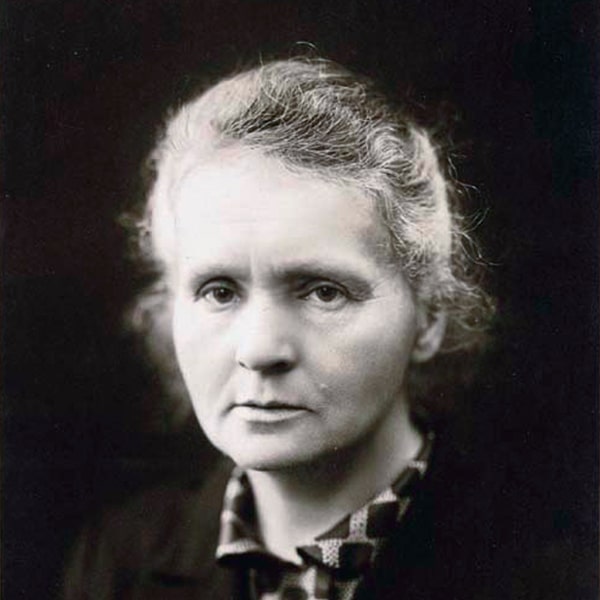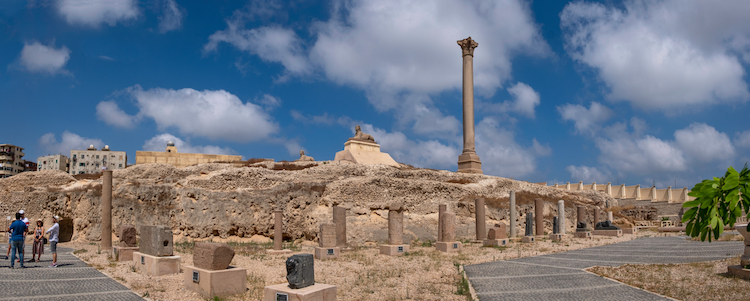
Modern-day view of the ruins of the Serapeum of Alexandria, which is considered to be the daughter structure of the Great Library of Alexandria. (Photo: Stock Photos from Cortyn/Shutterstock)
The famed ruler Alexander the Great left an enduring legacy that goes well beyond his immense military prowess. After his death 323 BCE, the vast Macedonian empire was divided into several different kingdoms with new rulers, and Ptolemy I Soter (c. 367-282 BCE) became pharaoh of Egypt. His desire to promote Hellenistic culture and make Alexandria a capital of knowledge and learning inspired the creation of the Great Library of Alexandria—one of the largest and most influential libraries of the ancient world.
At its peak, the library is estimated to have housed between 40,000 to 400,000 Greek and Egyptian scrolls, which is roughly equivalent to 100,000 books. Numerous Greek scholars flocked to the library to work, contributing to Alexandria's reputation as a leading city. Eventually, the library accumulated so many documents that a daughter temple called the Serapeum was erected to house some of its collection. However, while the ruins of Serapeum can still be seen today, nothing is left of the Great Library of Alexandria. Many believe that it was destroyed in a cataclysmic fire. In actuality, however, the dissolution of the library was much more complex. Here, we will look at the events that led to its rise and fall.
Creation of the Great Library of Alexandria
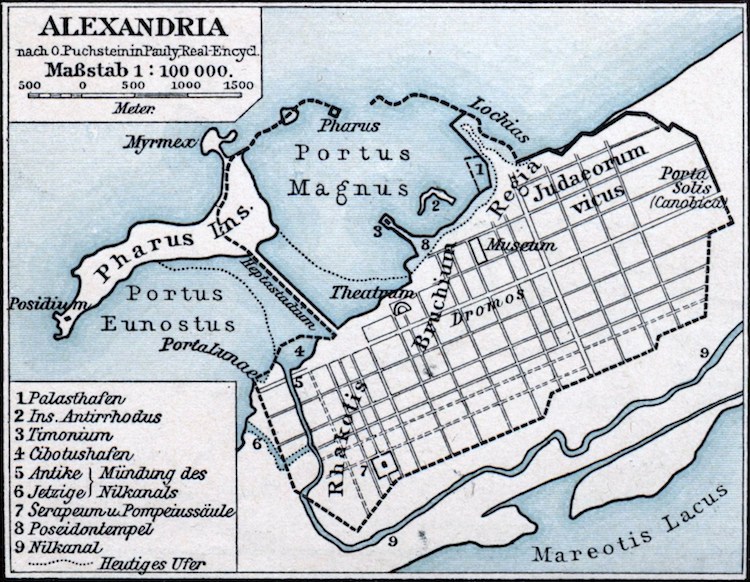
Map of ancient Alexandria. The Mouseion was located in “Bruchium.” (Photo via Wikimedia Commons [Public Domain])
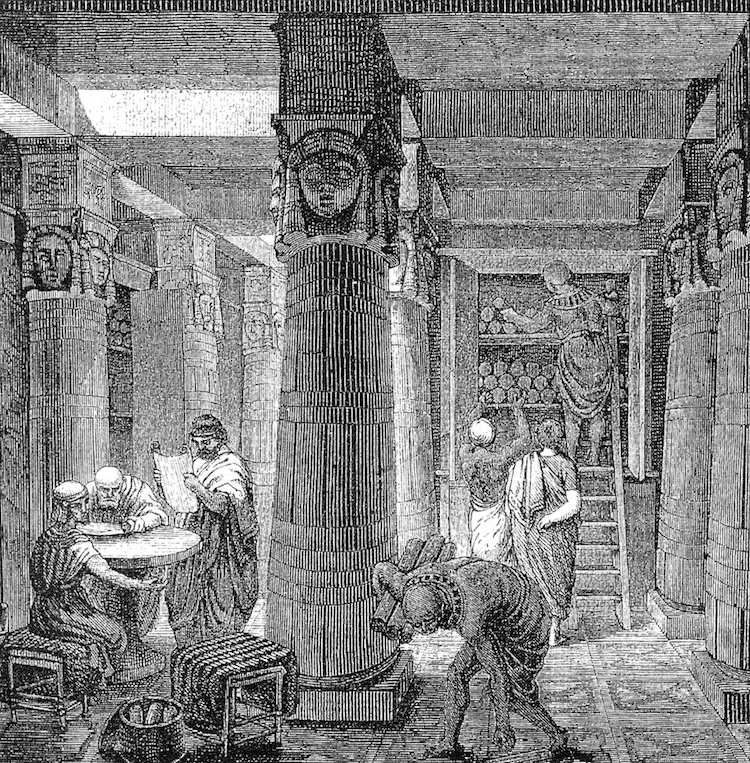
O. Von Corven, “The Great Library of Alexandria,” c. 19th century. (Photo via Wikimedia Commons [Public Domain])
As the reputation of the library spread throughout the Mediterranean, Greek scholars flocked to the Mouseion to work and study. It held great appeal; not only for its tremendous assemblage of scrolls but also for its academic freedom, as the library and Mouseion were not affiliated with any particular philosophical school. Additionally, all scholars who studied at the institution received free meals and free room and board. Some of the most notable people that are known to have worked at the Mouseion include Archimedes, Euclid, and Hipparchus.
Scholastic Decline
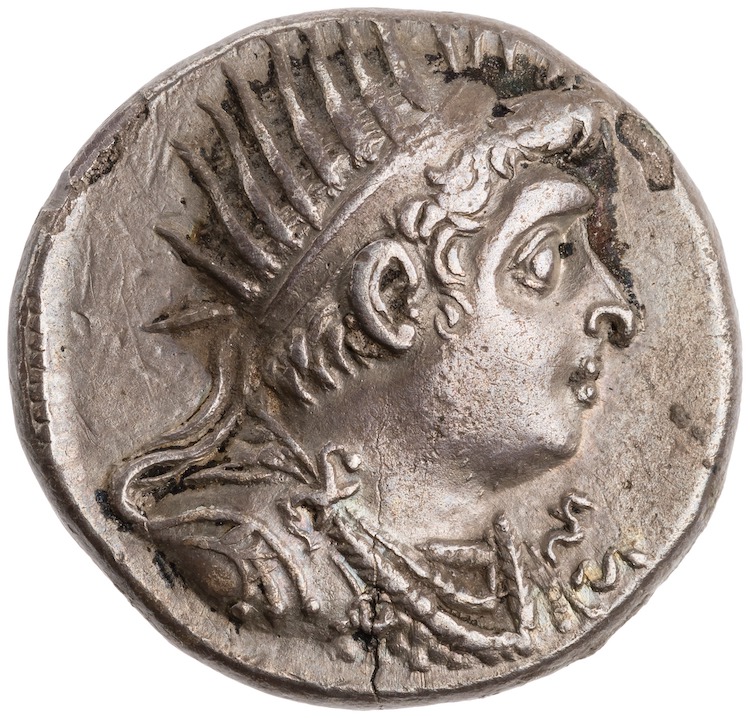
Coin featuring the portrait of Ptolemy VIII, c.138-7 BCE (Photo via Wikimedia Commons [CC0 1.0 Public Domain Dedication])
Caesar's Civil War
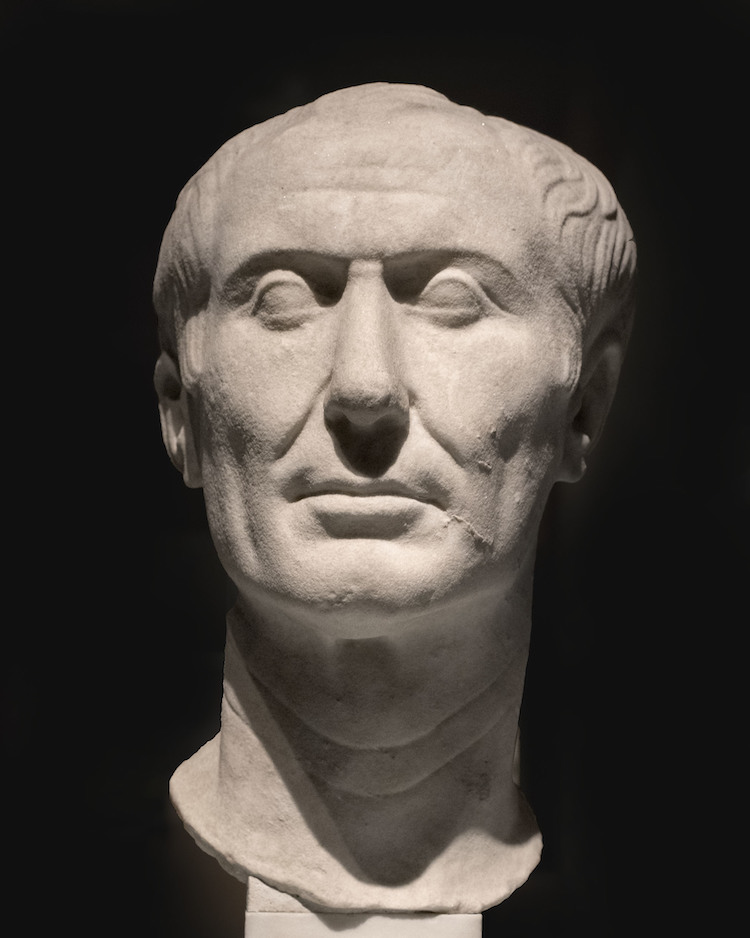
Bust of Julius Caesar, c. 50-40 C.E. (Photo via Wikimedia Commons [Public Domain])
While Caesar's forces were besieged at Alexandria, some of the soldiers tried to block Ptolemy XIV's fleet by setting fire to ships already docked at the port. Supposedly, this fire spread to the city and burned a portion of the Great Library as well as several thousands of scrolls in the process.
However, the library did not fall after the fire, as many believed. In fact, sources strongly suggest that the Mouseion was quickly rebuilt and continued to operate as a place of academic study, though gradually less influential than before.
Rise of the Roman Empire and Fall of the Library
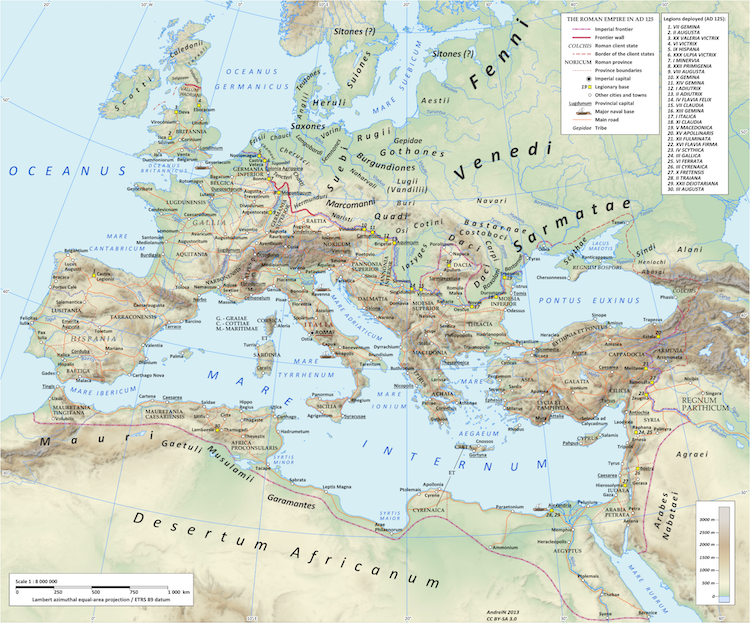
Map of the Roman Empire under Emperor Hadrian, 125 CE (Photo via Wikimedia Commons [CC BY-SA 3.0])
In the subsequent centuries, the city exchanged powers and as a result, was burdened by wars. Although the exact date of its destruction is uncertain, historians believe that whatever remained of the library was likely destroyed in 272 CE—during emperor Aurelian's clash with the Palmyrene queen of Zenobia—or during Diocletian's siege of Alexandria in 297 CE.
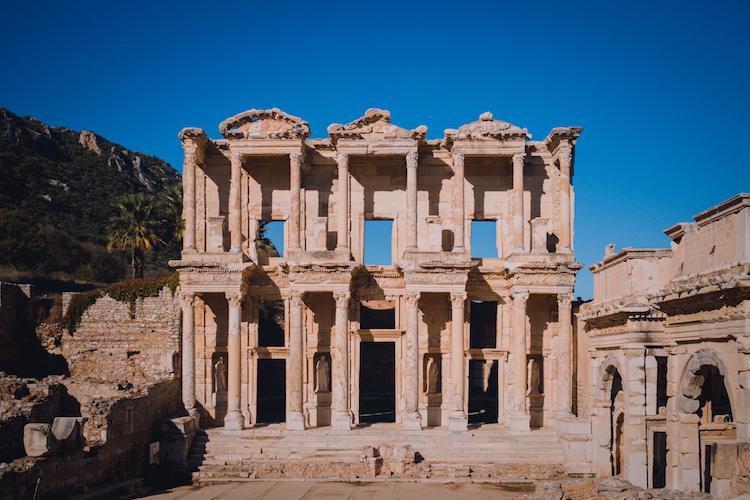
Modern-day view of the Library of Celcus in Ephesus, Turkey, 117-132 CE. (Photo: Stock Photos from Pixels_Poet/Shutterstock)
Although the Great Library of Alexandria was lost, the tradition of academic institutions continued in the ancient world. The Serapeum survived and operated as a library and temple for several centuries, and other buildings, like the Library of Celcus, rose to prominence.
Related Articles:
10 Facts About the Ancient Egyptian Queen Nefertiti
10 Fascinating Facts About Cleopatra, the Powerful Queen of the Nile
The Good, the Bad, and the Mad: 7 Fascinating Emperors of Ancient Rome
What Did the Romans Eat and Drink? Learn About Dining and Diets in the Ancient Empire
